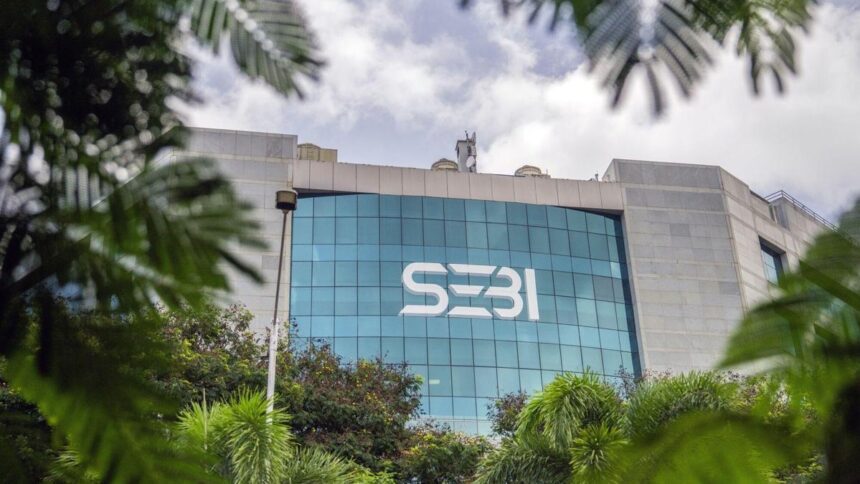In a move aimed at mitigating index concentration risks and ensuring a balanced representation of constituents, the Securities and Exchange Board of India (SEBI) has instructed stock exchanges to implement revised eligibility criteria for derivatives linked to non-benchmark indices, including Bank Nifty, Bankex, and Fin Nifty.
The regulator has stipulated that exchanges must adhere to prudential norms outlined in its guidelines issued in May 2025. These guidelines mandate a minimum of 14 constituents for each index, a maximum weight of 20 percent for the top constituent, and a cumulative cap of 45 percent for the top three constituents. It also requires that all other constituents showcase descending weights.
The rebalancing process for Bankex (BSE) and Fin Nifty (NSE) is set to be executed in a single phase by December 31, 2025. Conversely, Bank Nifty (NSE) will undergo phased adjustments over four months, with complete compliance expected by March 31, 2026. This staged approach is designed to ensure an orderly rebalancing of assets under management (AUM) associated with the index.
As per the circular issued by SEBI, stock exchanges must adjust the weights of the constituents iteratively, redistributing excess weights from leading constituents to those with lesser weights, in accordance with the prudential limits. The objective is to enhance transparency and balance in derivative-linked indices while mitigating risks stemming from over-reliance on a limited number of prominent constituents.
Earlier in August, SEBI had sought public feedback regarding whether compliance should involve the creation of new indices or adjustments to existing ones. Based on responses and recommendations from the Secondary Market Advisory Committee (SMAC), SEBI opted for adjustments to constituents and their weights within the current indices.
Stock exchanges and clearing corporations are required to implement necessary system changes, provide advance notice to market participants, and amend relevant rules and by-laws to facilitate the new requirements.
Published on October 30, 2025.










